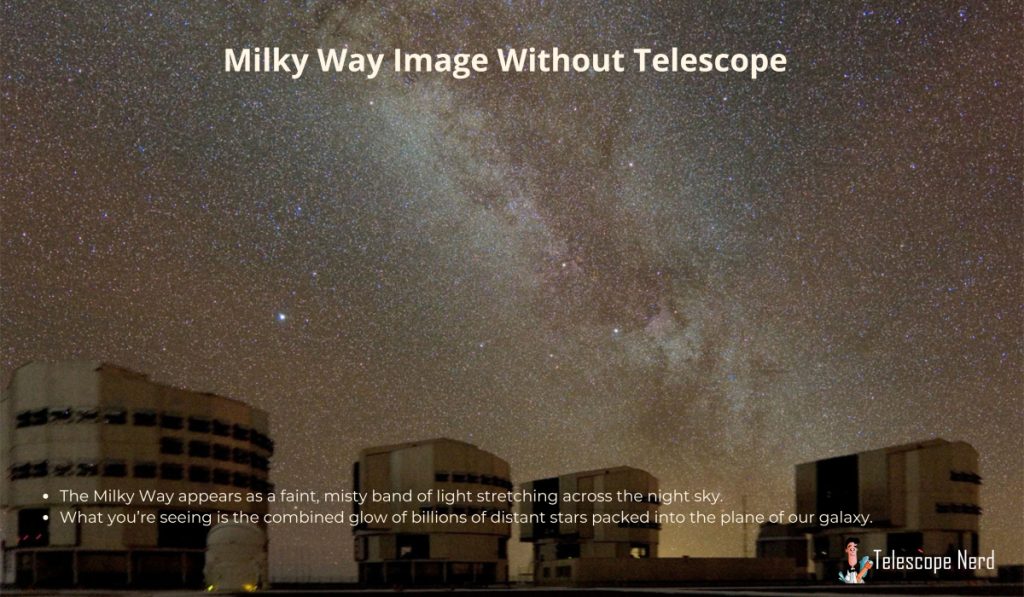Can you see the Milky Way with a telescope?
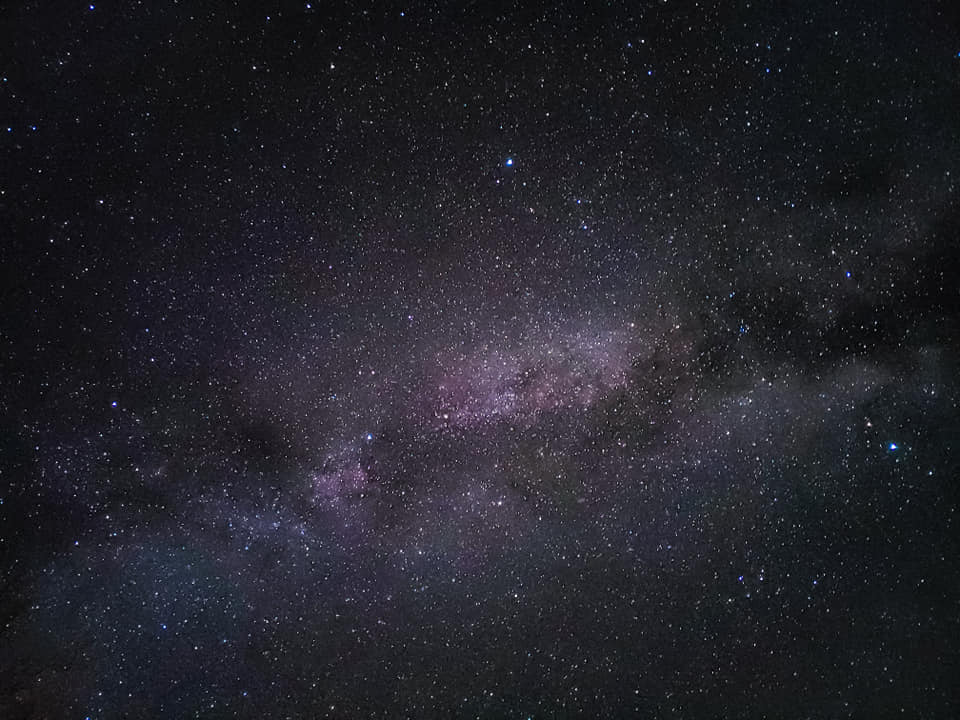
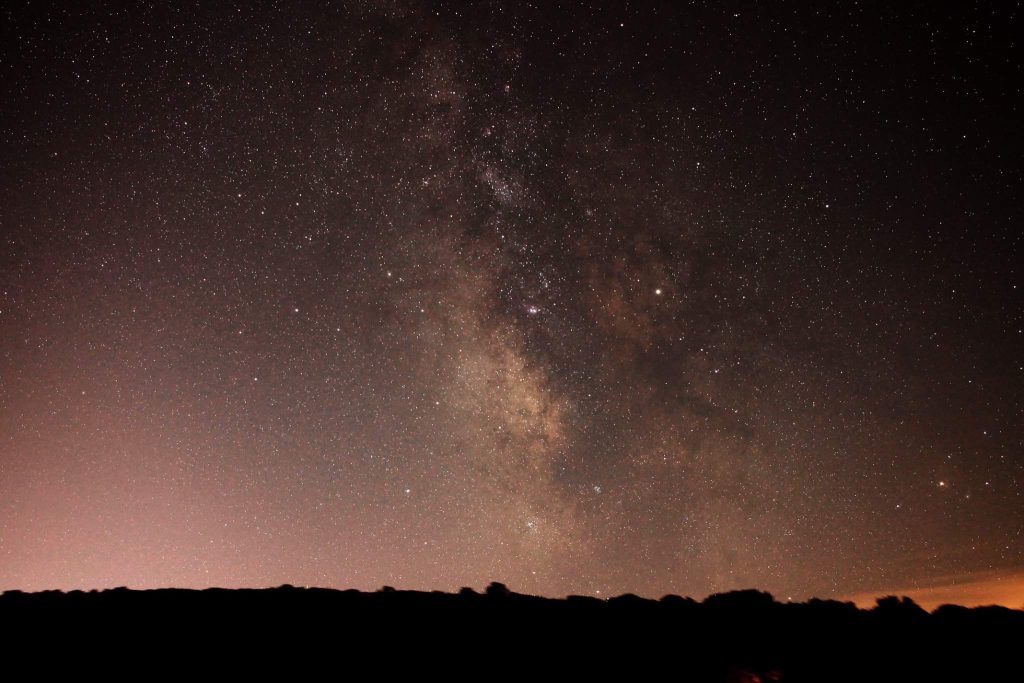
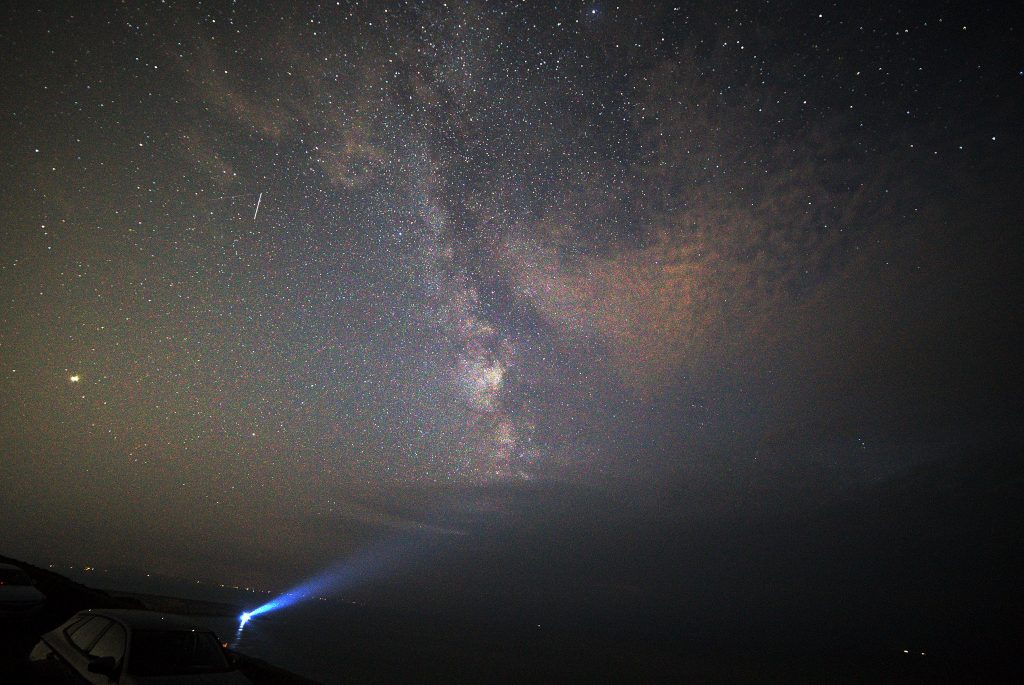
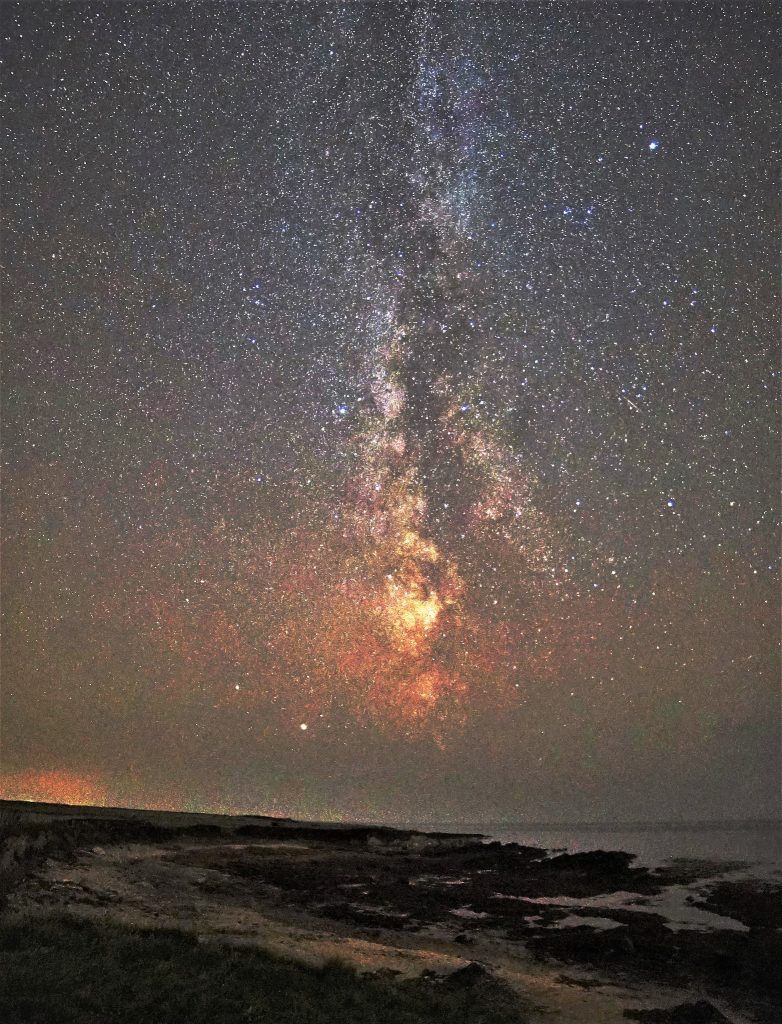
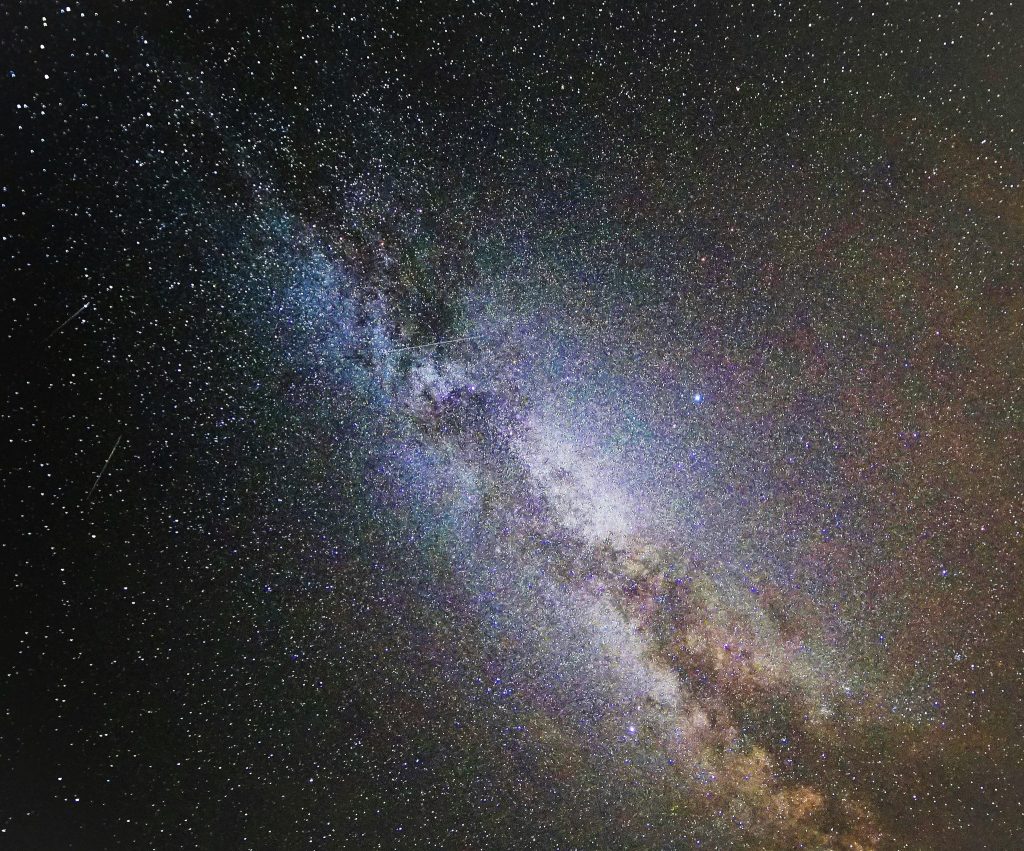
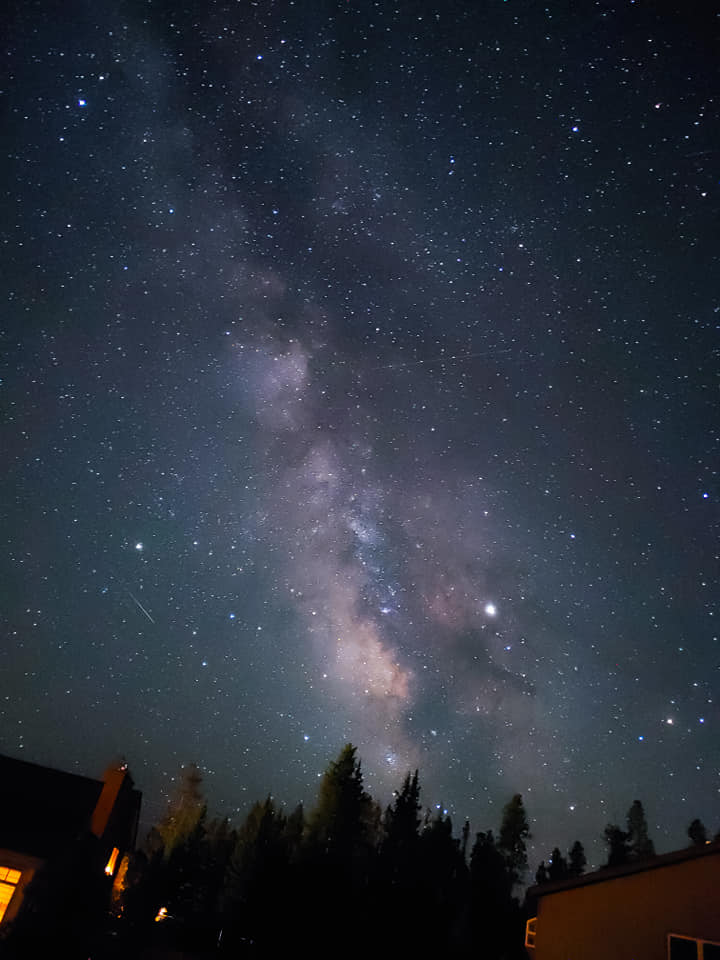
A telescope can be used to see the Milky Way, but it cannot view the entire galaxy structure. Telescopes miss the broader view of the galaxy’s sprawling band. On clear, moonless nights, the Milky Way is visible from most dark sky locations and can be enjoyed with naked eyes. An optical instrument is used to scan the Milky Way, and a telescope properly set up allows observation of the Milky Way’s details. The Milky Way’s appearance is broad and covers a substantial portion of the celestial sphere. Under a truly pristine night sky the galaxy is better visible.
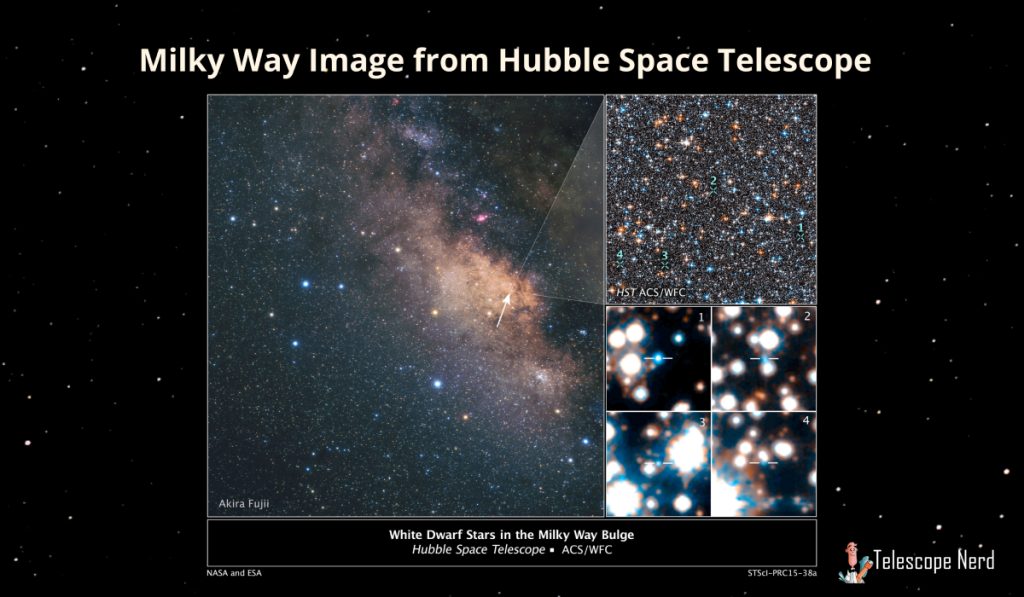
Can you see the Milky Way with a telescope?
You can see the Milky Way through a telescope. Telescopes are designed to magnify smaller sections of the sky, so the entire galaxy structure cannot be seen at once through a telescope. Telescopes are suitable for observing individual stars, clusters, and nebulae. Minimum aperture of 60 mm (2.36 inches) is necessary for viewing the Milky Way.
The Milky Way is visible without a telescope and can be observed with the naked eye from Earth. The Milky Way is visible from most dark sky locations during clear moonless nights. Moonlight is as bad as artificial light pollution for viewing the Milky Way. The Milky Way is visible only on clear moonless nights.
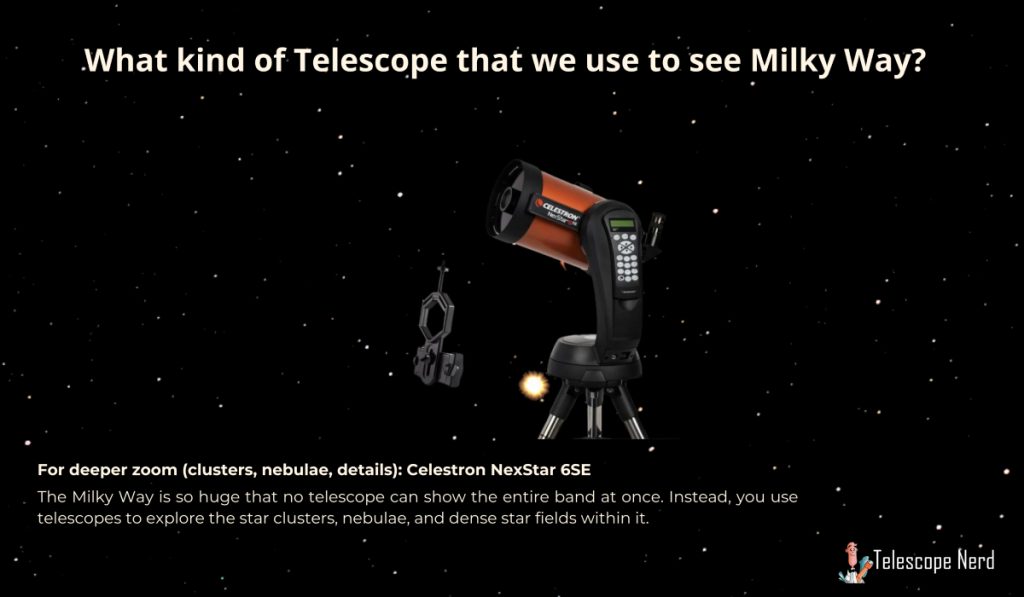
What kind of telescope should be used to see the Milky Way?
Reflector, refractor, and catadioptric telescopes are recommended for observing the Milky Way. A 4-inch (102 mm) diameter telescope is already sufficient, yet an aperture of 150 mm (5.9 inches) to 200 mm (7.9 inches) supplies richer detail. A focal length of 700 mm (27.6 in) to 1000 mm (39.4 in) and a wide field of view of around 1-2 degrees frame the galaxy’s vast clouds of stars and dust in a single sight.
For casual viewing, binoculars can be used to scan the Milky Way. A rich-field telescope offers the same sweeping vista with added sharpness. Newtonian Reflector telescopes, particularly an 8-inch Newtonian astrograph or larger, excel at imaging large nebulae regions inside the galaxy. High-quality apochromatic refractor telescopes are an excellent choice for galaxy photography, whereas catadioptric telescopes provide compact, versatile platforms for both visual tours and long-exposure shots.
Celestron NexStar 8SE with its 8-inch aperture offers a stunning view of our galaxy. Sky-Watcher Quattro 300P is an incredible telescope choice for galaxy photography, combining short focal length with generous aperture to capture everything from nebulas to the barred-spiral arms of the Milky Way.
